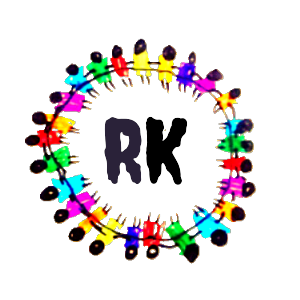Example 1
mycity=["Kalugumalai","Chennai","Madurai"]
for citynames in mycity:
print (citynames)
print ("hi")Output:
======
Kalugumalai
hi
Chennai
hi
Madurai
hiExample 2
mynumbers=[1,2,3,4,5]
for n in mynumbers:
print (n)Output:
======
1
2
3
4
5Example.3
mynumbers=[2,4,6,8,10]
for n in mynumbers:
print (n-1)output:
1
3
5
7
9Example 4: To Prints the numbers from 1 to 5
for i in range(1, 6):
print(i)Output :
1
2
3
4
5Example 4 : To Prints charactors
# Define a string
word = "Hello"
# Start the for loop
for char in word:
print(char)Output :
H
e
l
l
oExample 5 : Printing the Elements of a List
colors = ["red", "green", "blue"]
for color in colors:
print(color)Output :
red
green
blueExample 6 : To Sum the Numbers in a List
numbers = [1, 2, 3, 4, 5]
total = 0
for number in numbers:
total = total + number
print("Total sum:", total)
Output :
Total sum: 15Example 7:to Print Multiplication Table
# Define the number for which to print the multiplication table
number = 7
# Start the for loop
for i in range(1, 11):
print(f"{number} x {i} = {number * i}")
Output :
7 x 1 = 7
7 x 2 = 14
7 x 3 = 21
...
7 x 10 = 70Example 8: To Print Odd Numbers Only
mynumbers=[1,2,3,4,5,6,7,8,9,10]
for n in mynumbers:
if(n%2=1)
print (n)Output :
1
3
5
7
9Example 9 : To Print Even Numbers from 1 to 100
for n in range(1,101):
if(n%2=0)
print (n)Output :
2
4
6
.
.
.100Example 10 :mytable=2
for i in range(1,10):
print(f"{i} x {mytable} = {mytable* i}")Output :
1 x 2 = 2
2 x 2 = 4
3 x 2 = 6
4 x 2 = 8
5 x 2 = 10
6 x 2 = 12
7 x 2 = 14
8 x 2 = 16
9 x 2 = 18